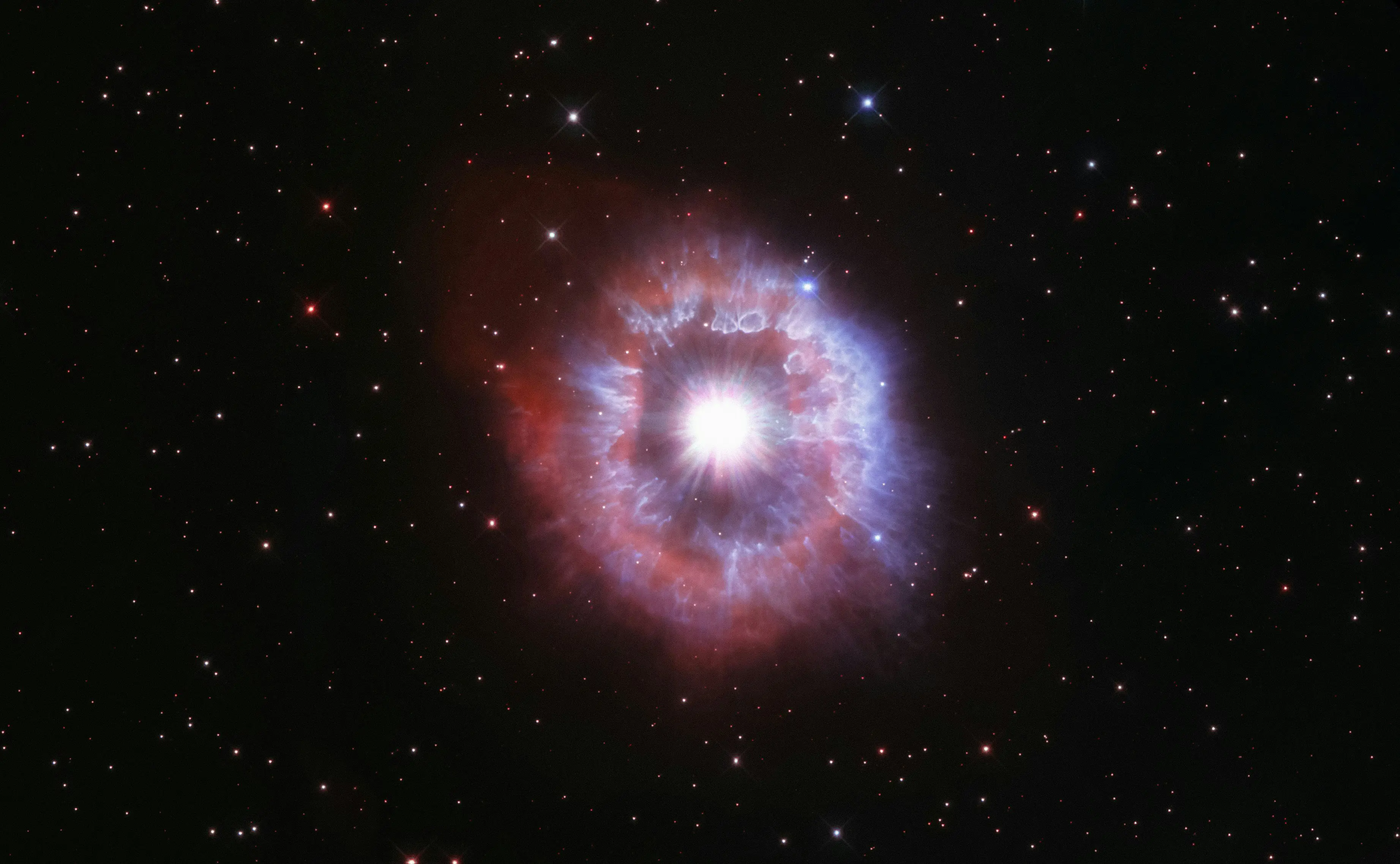Unveiling The Cosmic Mystery: How Massive Stars Grow

The cosmos is a realm of staggering proportions, where our sun, colossal in its own right, is dwarfed by other stars. High-mass stars, those more than eight times the mass of the sun, pose an enigma. They form swiftly, emitting stellar wind and radiation, yet how they amass such vast sizes remains puzzling.
Typically, accretion disks (rotating disks of gas and dust around a star) have been considered the main method by which young stars gain mass. However, a team led by Kyoto University and the University of Tokyo has shed light on another intriguing possibility.
“Our study indicates that these stars are nourished by streamers,” explains Fernando Olguin, the study's corresponding author. These streamers are like cosmic gas highways, ferrying matter from regions over a thousand astronomical units away (one astronomical unit is the distance from Earth to the sun).
To explore this, the researchers utilized the Atacama Large Millimeter/submillimeter Array (ALMA), a sophisticated telescope in Chile capable of observing the universe at millimeter wavelengths. Their findings revealed a young star being fed by two such streamers. Remarkably, one streamer was observed connecting to the star’s central area, reflecting a velocity gradient indicative of rotational movement and possible inward flow.
This discovery suggests that streamers can deliver enough material to suppress the feedback effects usually hindering star growth, thereby contributing to the dense matter around the young star. Interestingly, the team anticipated finding a large dust disk, but instead, they encountered spiral arms extending much closer to the star than expected.
“We found streamers feeding what was thought to be a disk. Surprisingly, there is either no disk or it is incredibly small,” Olguin noted. This implies that, regardless of whether a disk is present, streamers can significantly contribute to star formation regions, overcoming the feedback from the star itself.
Looking ahead, the research team plans to investigate other regions to see if this accretion method is common in forming massive stars. They also aim to study the gas near the star to determine if small disks exist.